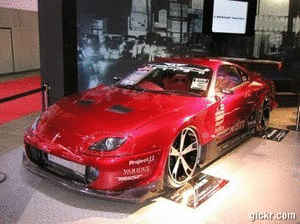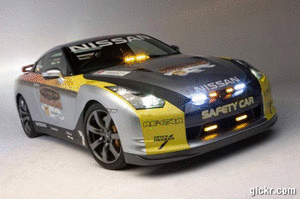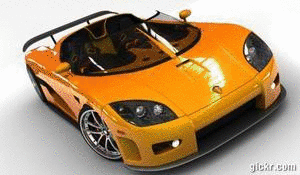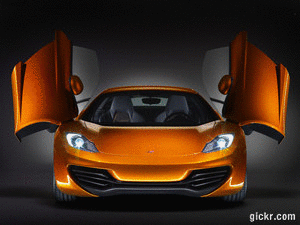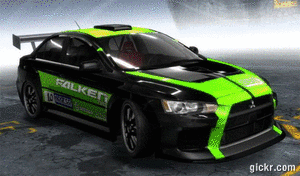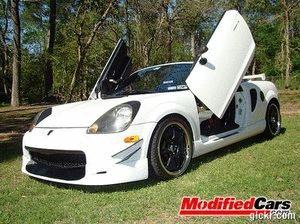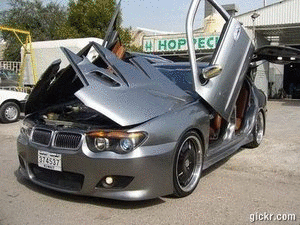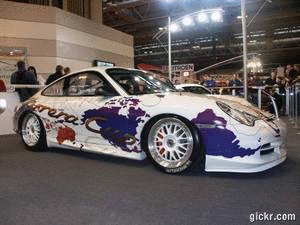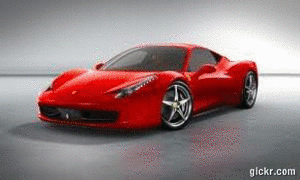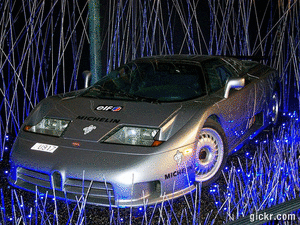
Variable Timing Camshaft
There are many types of camshaft arrangements; some common types are single overhead cam or SOHC, double overhead cam or DOHC and pushrod, rocker arm style of systems. In a single overhead cam type, the engine is equipped with only one cam per cylinder head. Therefore, there is one cam in a four cylinder engine, also with straight six cylinder engine. In v6 or v8 engine configurations there will be one camshaft for each cylinder head, two camshafts and double the camshafts for DOHC engines. The valve spring maintains pressure against the valve forcing the valve to contact the valve seat, sealing the intake or exhaust port. If the valve spring is weak or is broken the valve will lose pressure and will cause the engine to run poorly.
Variable Cam Timing Phaser Operation
The specialty of a double overhead cam engine is that it has two cams per head. This means that the inline engines are equipped with two cams, four cams in V style engines. The use of double overhead cams is more common in engines which have more than two valves per cylinder. This is because a single camshaft doesn't have the ability to include sufficient cam lobes that can accommodate all the valves present in a three or four valve per cylinder engine. Double overhead cams give the advantage of adding more exhaust and intake valves. More valves allow the exhaust and intake gases to flow freely because of the increase in the number of openings, this in turn improves engine power and economy.
Four Valves Per Cylinder Configuration

A pushrod style of engine has a different valve opening configuration; the camshaft is housed in the engine block instead of the cylinder head. The camshaft utilizes lobe followers or lifters that connect to the rocker arms through a push rod.

This system is not as efficient because of the increase in weight of the system. In turn, increases the valve springs load, slowing the engine down. Overhead camshaft engines are more efficient and can produce more power.
A Camshaft is commonly used to operate poppet valves in a piston engine. A cylindrical rod is situated in the cylinder block or cylinder head which has oblong lobes or cams which push a tappet or lifter to raise and lower the intake and exhaust valves. This force is applied on the valve directly or through an intermediate mechanism such as a rocker arm, lifter (cam follower) and push rods are used to press against the valve for movement. Each valve utilizes a spring which will return them to their original position (closed) after the force is removed.

Basic Maintenance
A camshaft is driven by the crankshaft of the engine by a timing chain or timing belt. The timing belt or chain needs to be replaced per manufacturer's specifications because they wear out and fail without warning and stall the engine. Because a timing chain configuration is more durable when compared to the timing belt style a timing belt will need to be replaced more often, comparatively. Timing belts are more common in overhead cam engines and are more easily serviced.
Cam followers or lifters have the capability to automatically adjust themselves, removing any access clearance in the system. Maintain manufacturer recommended engine oil service.
